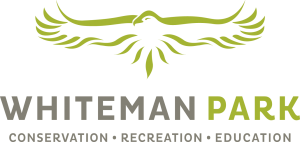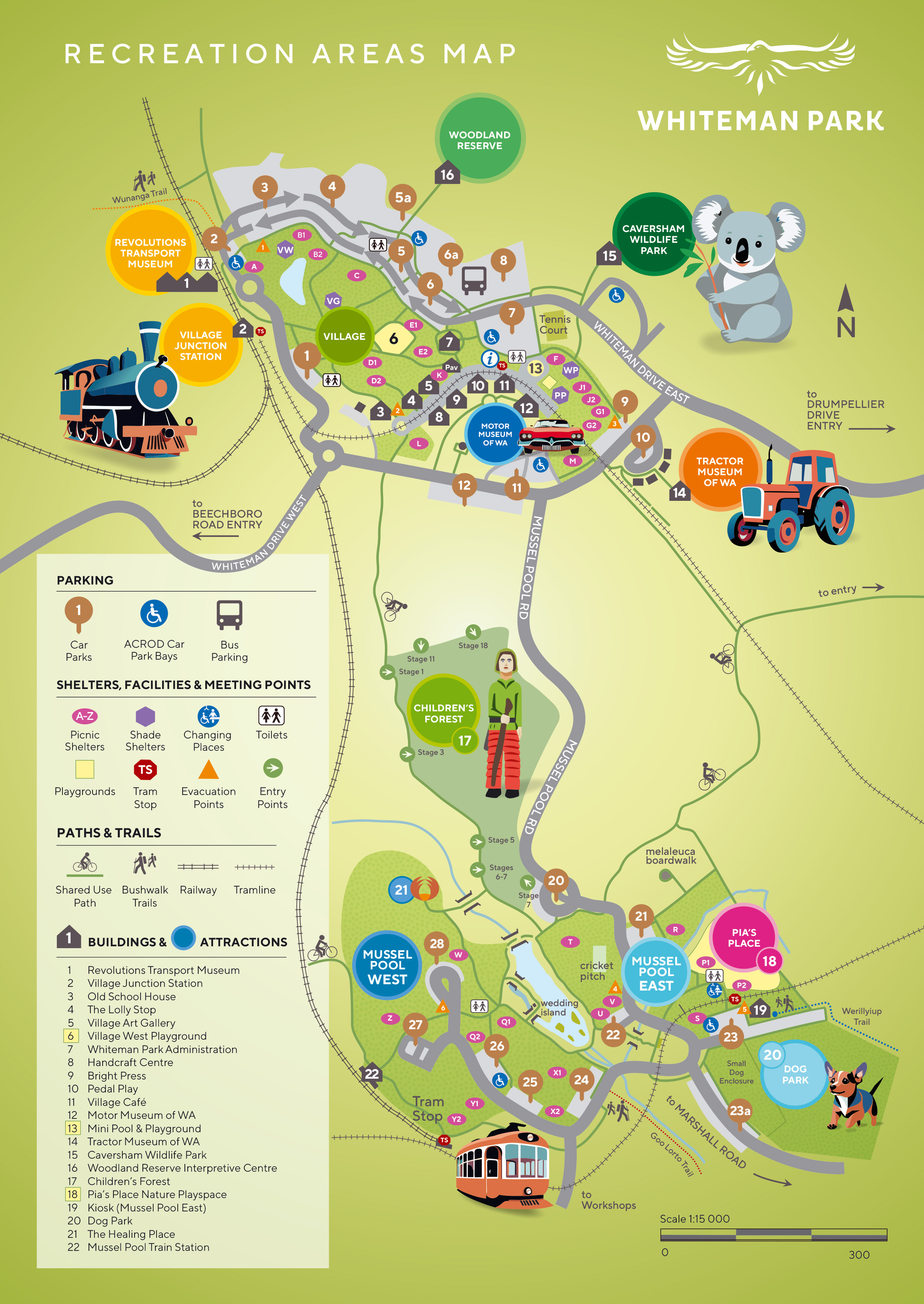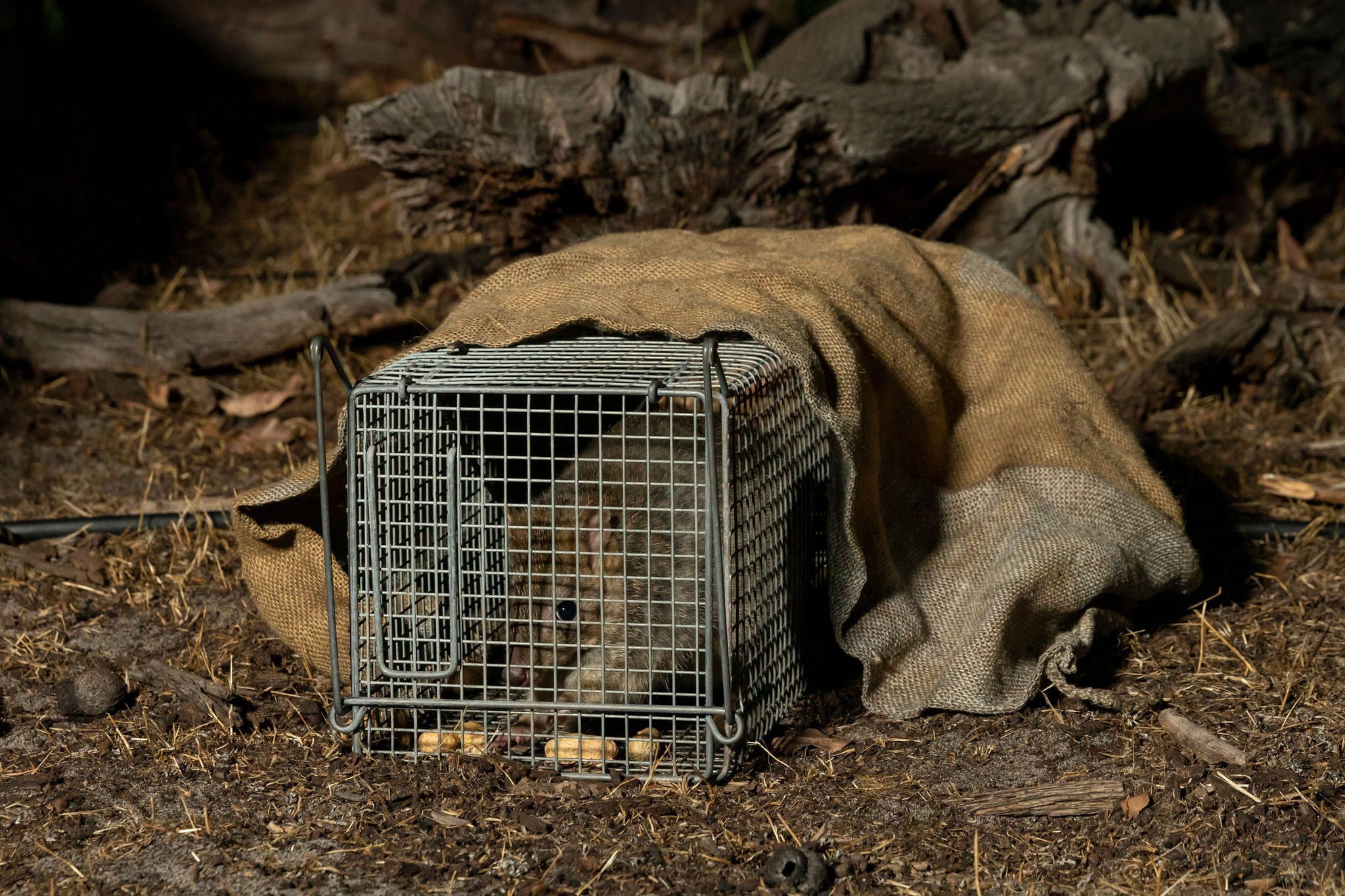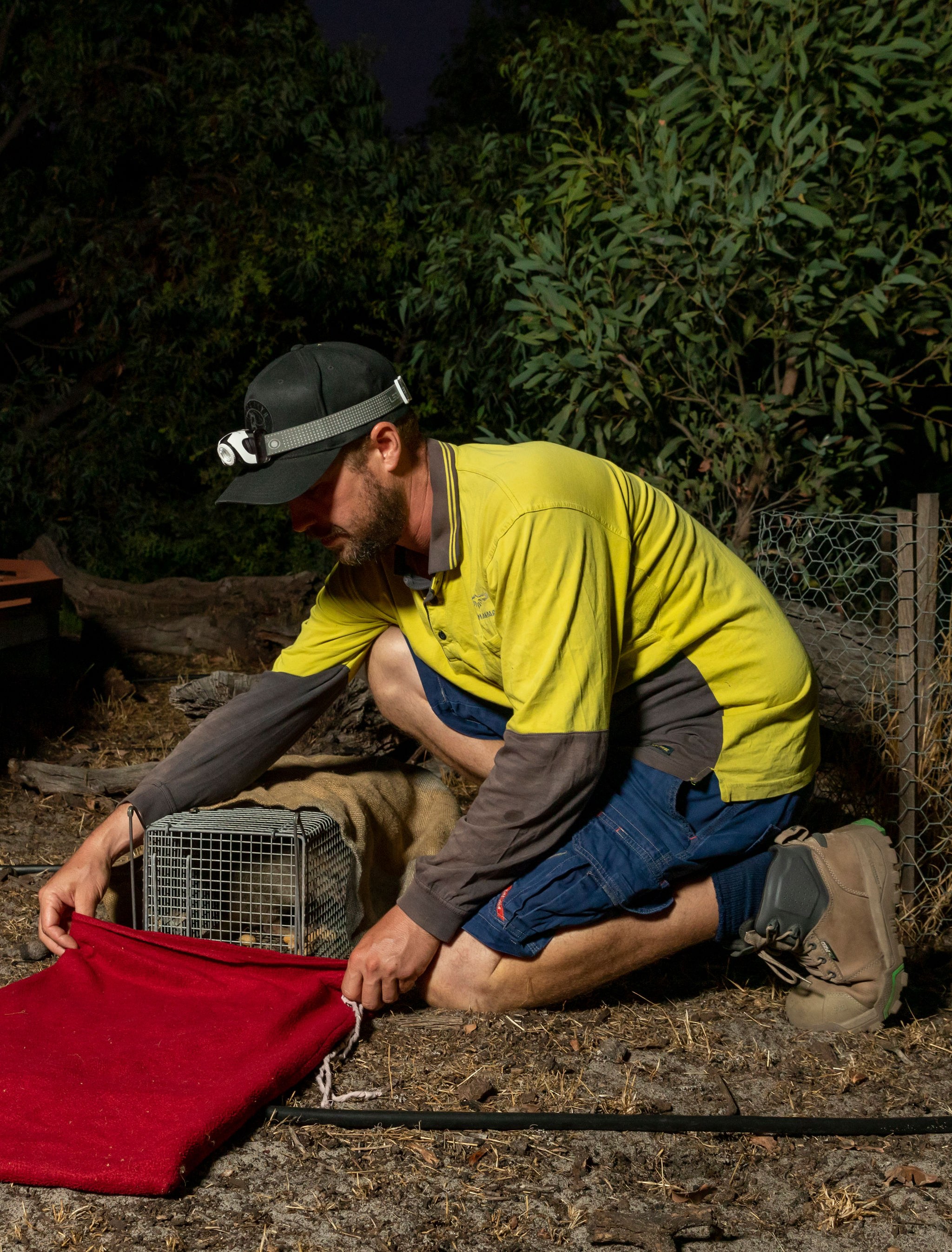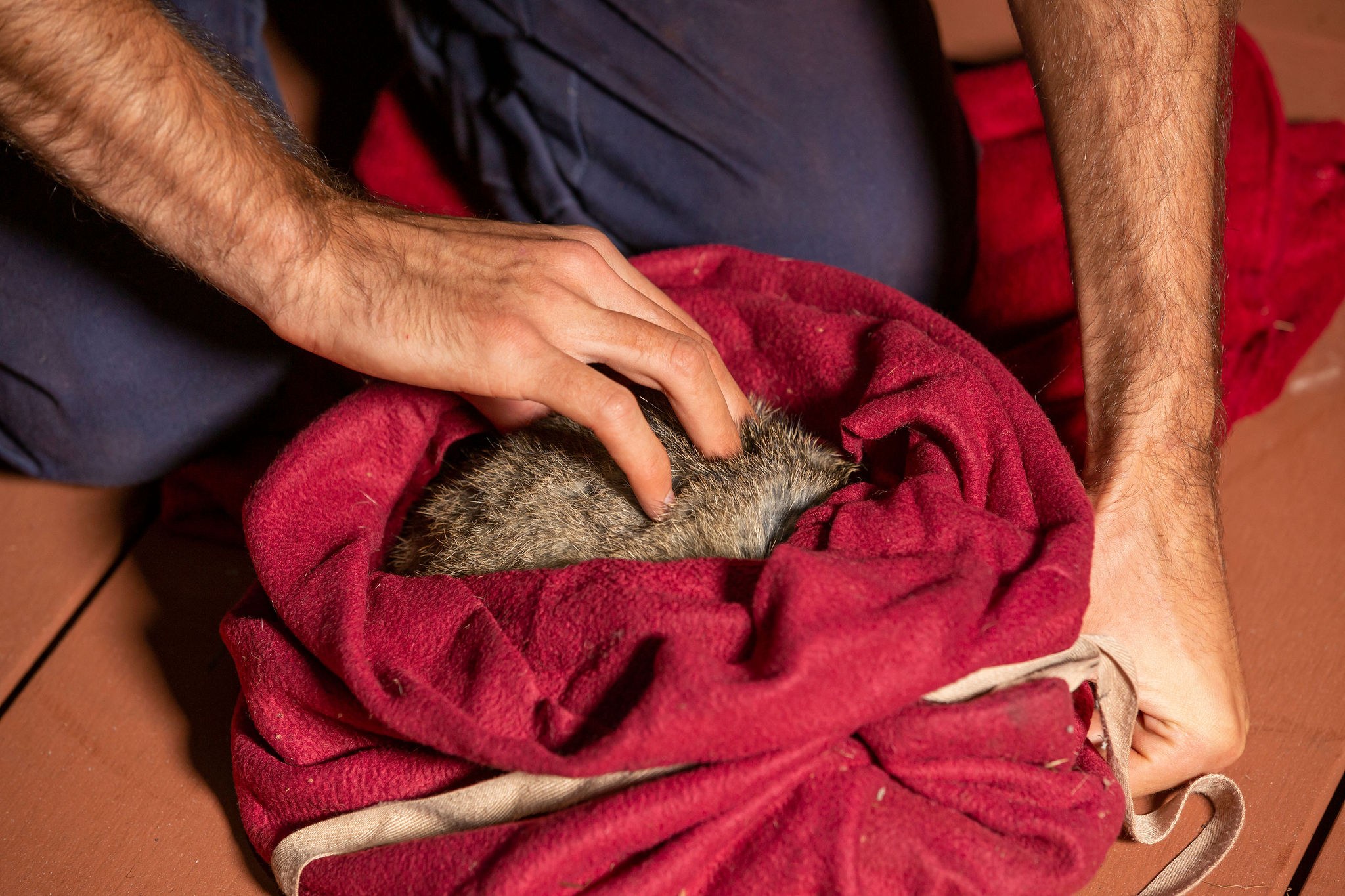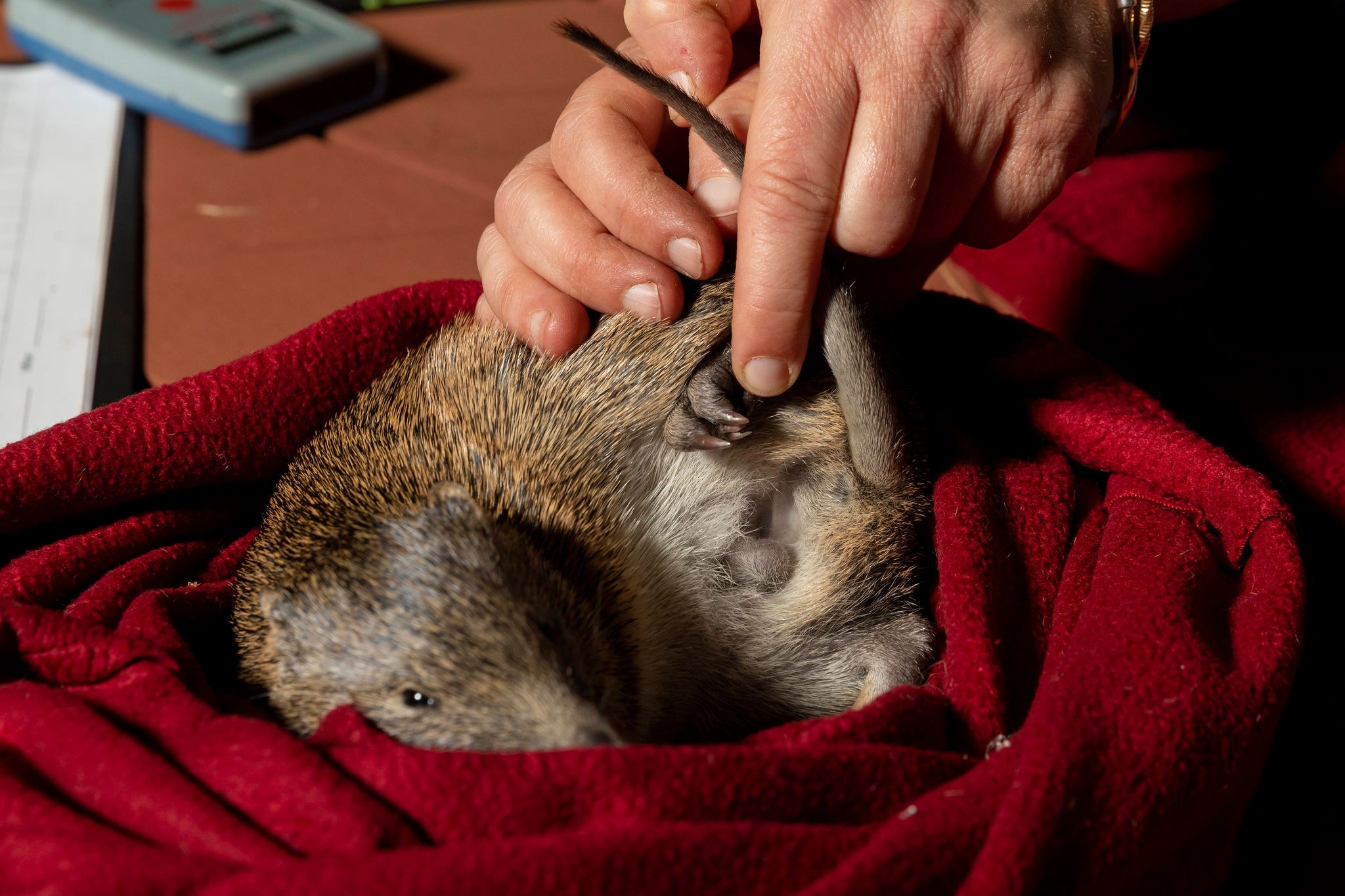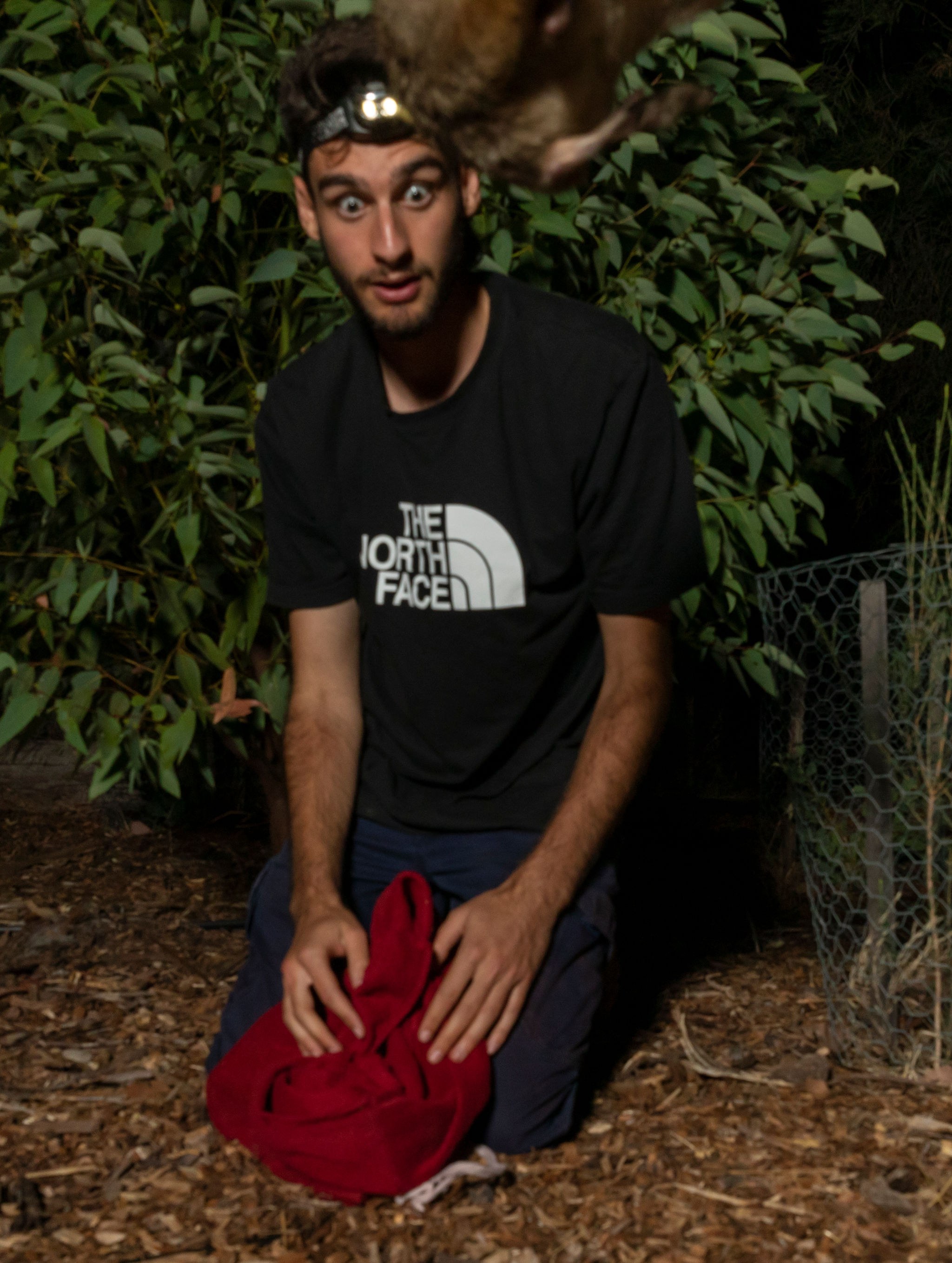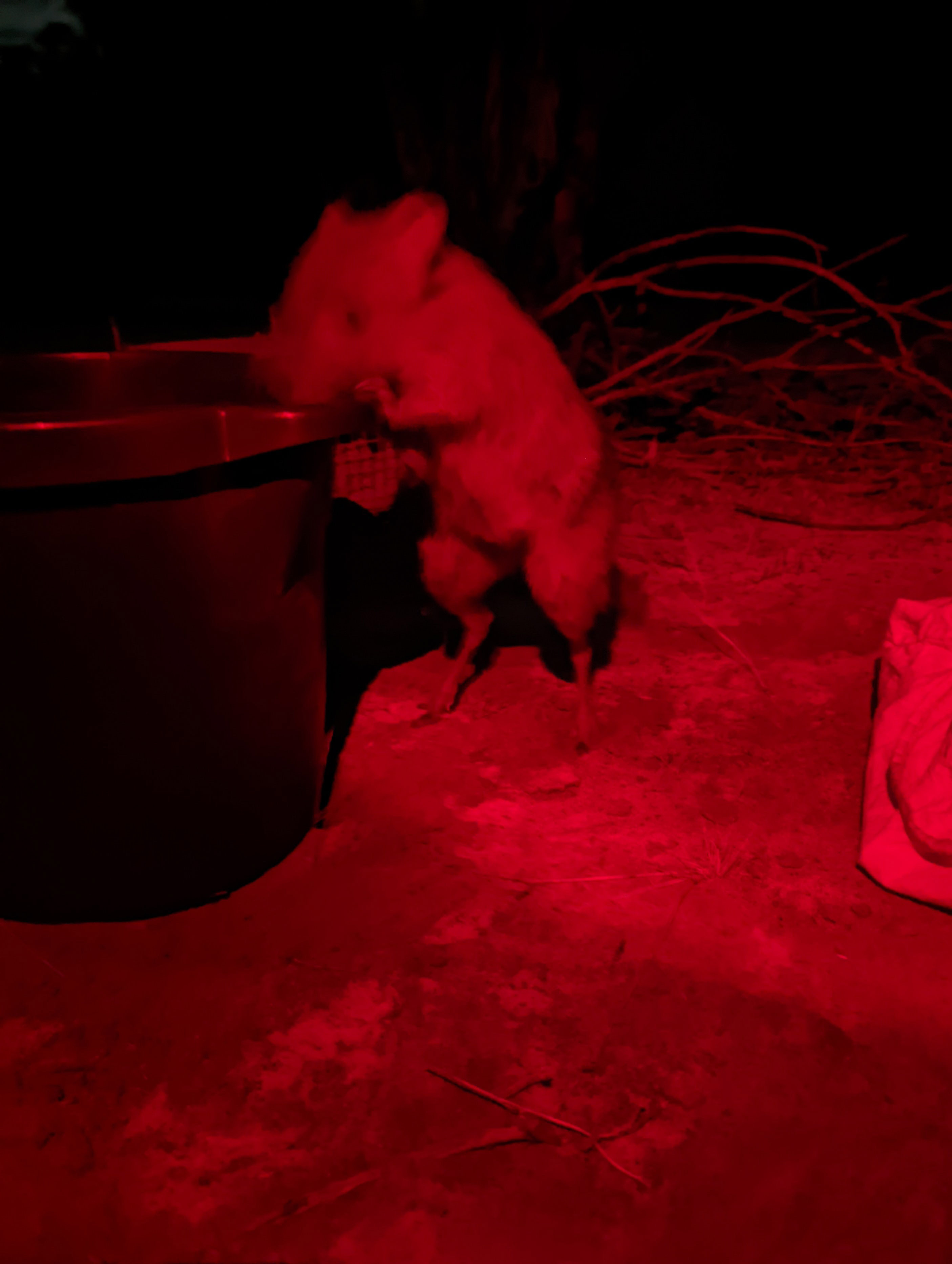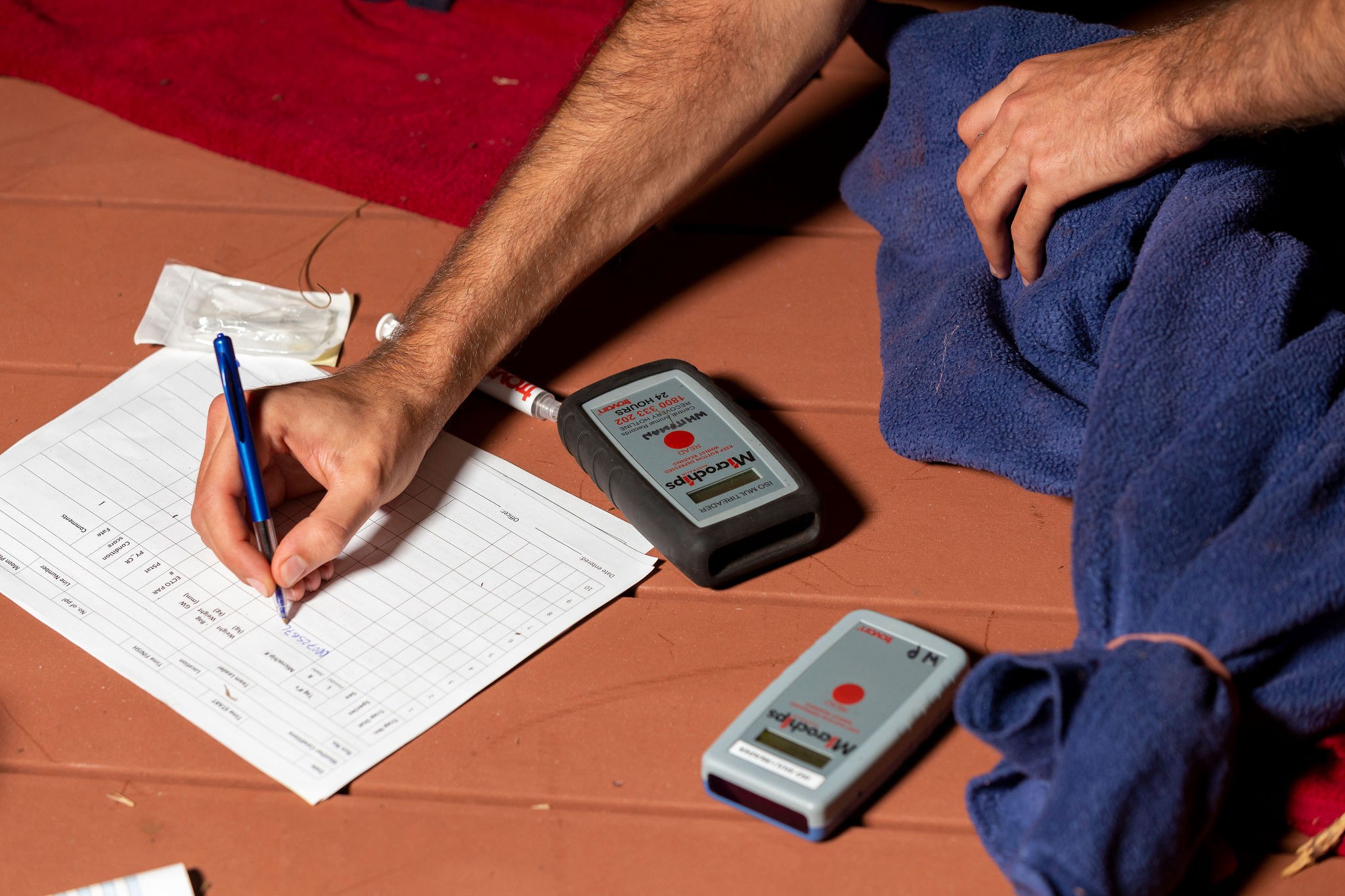So you’ve heard of Woodland Reserve, and maybe you’ve joined us for a Nocturnal Woylie Walk tour, but you’d still like to know more about what is it that we do to manage the Reserve and its inhabitants?
Observing the health of the fauna in the Reserve is a priority, and given woylies are a critically endangered species, we need to make sure the population are not just surviving, but hopefully thriving too. And that’s where fauna monitoring comes in.
For a few weeks each summer our environment team turn nocturnal to conduct these critical annual health checks. Let’s walk you through it all!
When the weather is hot
At the height of summer the bushland is hot and dry and vegetation sparse. For our native mammal species this means there are limited food and water resources available. This makes it the best time for monitoring their health for two reasons:
- it gives us their baseline condition (when they're likely to be at their 'worst')
- it is typically a time when we observe few pouch young, and any that are present are small enough that they are unlikely to be disturbed when mum is being handled.
What is fauna monitoring?
Our fauna monitoring program involves collecting information about the woylie (Bettongia penicillata) and quenda (Isoodon obesulus) populations in Woodland Reserve at the same time each year. This allows us to analyse if there are any significant change to their health over time and gauge population growth or decline, which is particularly important for the conservation of the Critically Endangered woylie.
To do this, we utilise a series of 'transects': set lines with 10 or 15 cage traps per line, depending on what area of the Reserve we're in. These allow us to safely capture a large number of animals so we can undertake these all-important health checks. After gently capturing an animal, the kind of information ('data') that we collect includes weight, condition score (which is kind of like a simple 'BMI' score) and breeding status of each individual. We track this through an animal's microchip, just like a pet dog or cat has.
So how are does it all work?
The team usually heads out late in the afternoon, once the sun is low. They walk each of the transects, or lines of traps, opening and setting each cage trap – complete with a tasty incentive of peanuts!
Peanuts are not a natural food source for either the woylies or quenda, but they are certainly considered a treat. They are also easy to carry, don’t attract ants and will not spoil on a warm evening, making them the perfect ‘bait’!
Before moving on to the next trap in the line, a hessian sack is laid over the trap to provide some cover for animals who should wander in, which helps to reduce stress.
And then we wait....
After each of the cages is set and baited, the team return to the office for dinner... and to wait as our native residents discover the nutty treats laid out for them. As the sun sets, the team is joined by a trusty group of volunteers from an array of conservation backgrounds who help us with the night's work. A briefing is held to discuss the evenings' plans before everyone sets off in small crews, departing with clipboards, scales, microchips and of course, more peanuts in hand!
Gotta catch them all…
Each crew works along one transect line, approaching each of their traps very quietly, with red filters on their head torches to minimise any stress to the animals. The woylies and quenda are promptly transferred from the trap to a soft fleece bag for handling. A lot of care is taken to keep their eyes covered as we do this, as it helps keep them calm. We’re also fortunate that the animals within the sanctuary of Woodland Reserve are quite relaxed and easily handled.
Survey time!
Animals are weighed in the bag, before being scanned for a microchip. One person is usually tasked as the scribe – a critical role during fauna monitoring – and records both the microchip number, bag weight and combined weight of the bag and the animal (we leave the maths until we're fresh!).
If no chip is present one is carefully added between the shoulder blades of the animal and then the sex, pouch status (if female), condition score and any parasites or other marks are noted. While the condition score tells us whether the animals are eating well, for instance, the pouch status tells us more about how well they are breeding. Success is often seen in the form of a jellybean-sized joey in a healthy-looking pouch!
Once the examination is completed, animals have a small square of hair shaved from above their tail to indicate they have been processed during the night's survey.
The fun part - release!
Once all the information we need is recorded, the bag and animal are gently placed on the ground and carefully opened so the captives can vacate when they are ready. Sometimes they go slowly... and sometimes they're off like a rocket! (…and then sometimes, they’re cheeky and try to get in the buckets of peanuts we have with us for an extra feed!)
Each trap line is run a minimum of six times in each section Reserve, providing 750 opportunities to capture animals each year.
All-important data
As you can imagine, monitoring 'season' is very busy for the enviro team as they coordinate a dedicated team of people collecting animals and data all whilst 'living the night life' for a few weeks. The pages of data that is collected on our survey nights is organised into spreadsheets after the team returns to the office and normal 'daylight' working hours! Once input, the data is analysed using capture/recapture models to provide an estimate of population size in each area of the Reserve.
The good news is that the population has increased well since the first animals were released in 2010 to well over 400 individuals – which is great news for both Woodland Reserve and woylie conservation!
Last updated 14 February 2024

